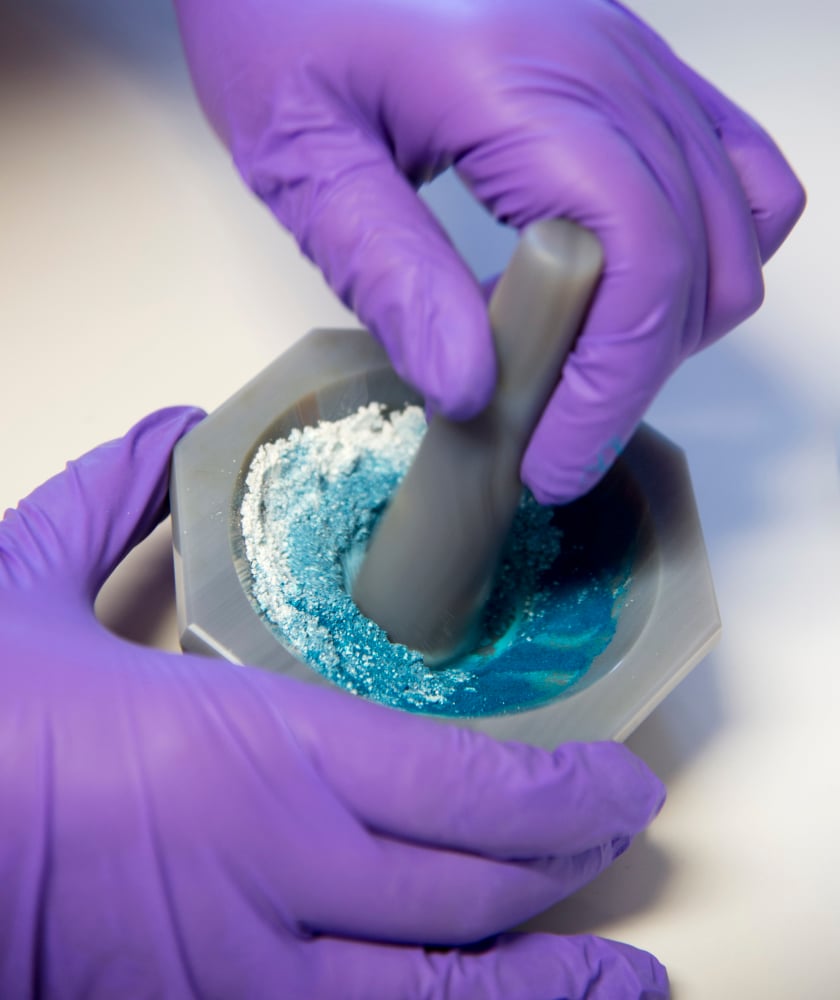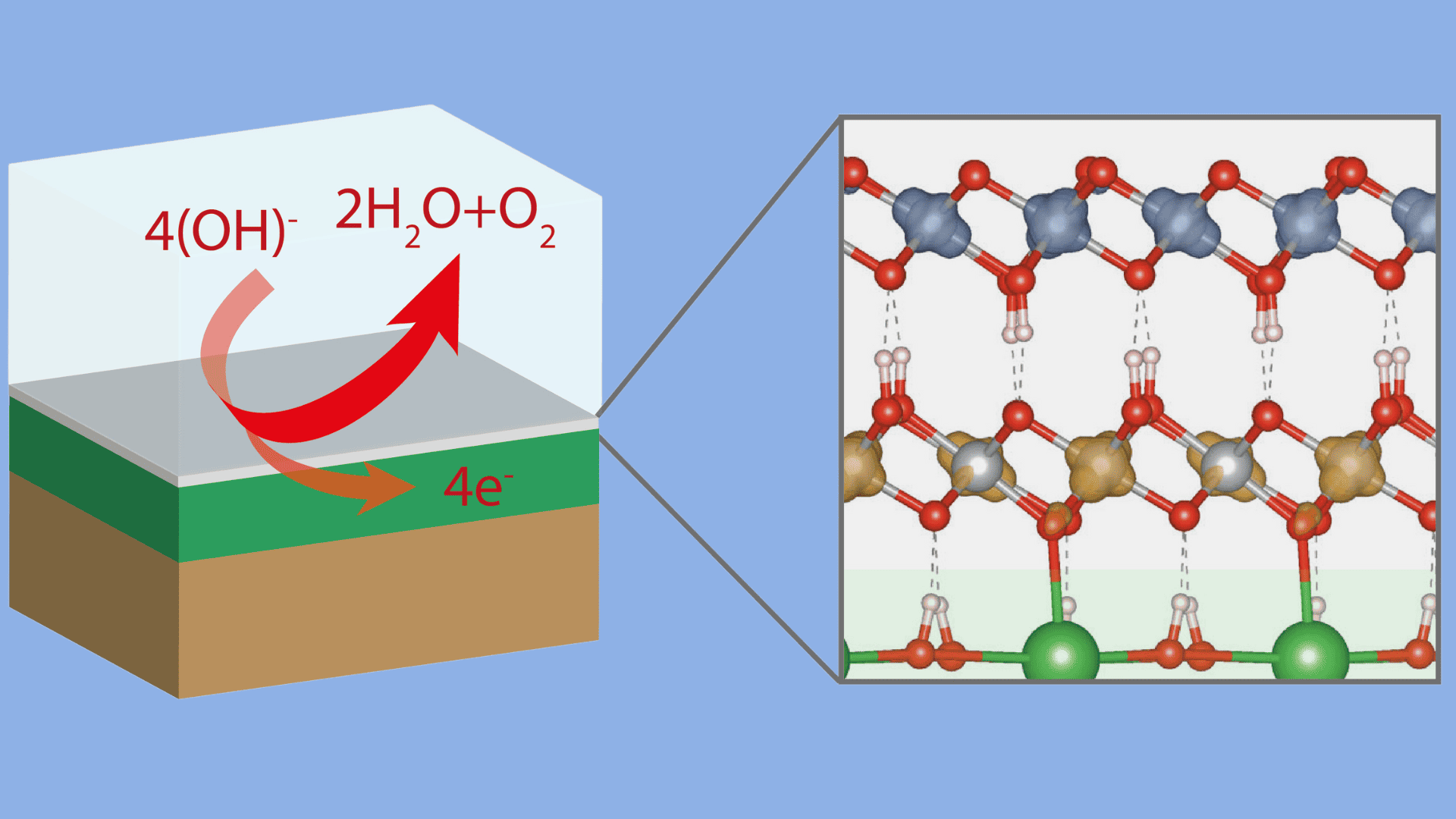
In mechanochemistry, reagents are finely ground and mixed so that they combine to form the desired product, even without need for solvent. By eliminating solvent, this technology promises to contribute significantly towards ‘green’ and environmentally benign chemical manufacture in the future. However, there are still major gaps in understanding the key processes that occur during mechanical treatment and reaction. A team led by the Federal Institute for Materials Research (BAM) has now developed a method at BESSY II to observe these processes in situ with X-ray scattering writes Helmholtz-Zentrum Berlin in a press release.
Chemical reactions are often based on the use of solvents that pollute the environment. Yet, many reactions can also work without solvent. This is the approach known as mechanochemistry, in which reagents are very finely ground and mixed together so that they react with each other to form the desired product. The mechanochemical approach is not only more environmentally friendly, but even potentially cheaper than classical synthesis methods. The International Union of Pure and Applied Chemistry (IUPAC) therefore ranks mechanochemistry among the 10 chemical innovations that will change our world. However, the full potential of this technology cannot be realized until the processes during mechanical treatment are understood in more detail, so that it is possible to precisely direct and control them.
Understanding what exactly happens during mechanical treatment and how the reactions take place is difficult to study. Traditionally, this is done by stopping the reaction and removing the material from the reactor for analysis “ex situ.” However, many systems continue their transformation even after the milling process is stopped. Such reactions can only be studied by directly examining the reaction in situ during mechanical treatment.
Time-resolved in situ monitoring
Now, an international team including Dr. Adam Michalchuk and Dr. Franziska Emmerling from the Federal Institute for Materials Research (BAM) and researchers at the University of Cambridge and University of Parma used BESSY II’s μSpot beamline to develope a method to gain insight in situ and during mechanical treatment.
To do so, the team used a combination of miniaturized grinding jars together with innovations in X-ray powder diffraction and state-of-the-art analysis strategies to significantly increase the quality of data from time-resolved in situ monitoring (TRIS).
Very small samples
“Even with exceptionally small sample volumes, we get an accurate composition and structure of each phase over the course of the reaction,” says Michalchuk. Even with sample amounts as small as a few milligrams, good results were possible. In addition, they can determine the crystal size and other important parameters. This strategy is applicable to all chemical species, is easy to implement, and provides high-quality diffraction data even with a low-energy synchrotron source.
“This provides a direct route to the mechanochemical study of reactions involving scarce, expensive or toxic compounds,” Emmerling says.
Also interesting: ‘Green chemistry is not about engineering, it is about economics’
Selected for you!
Innovation Origins is the European platform for innovation news. In addition to the many reports from our own editors in 15 European countries, we select the most important press releases from reliable sources. This way you can stay up to date on what is happening in the world of innovation. Are you or do you know an organization that should not be missing from our list of selected sources? Then report to our editorial team.






